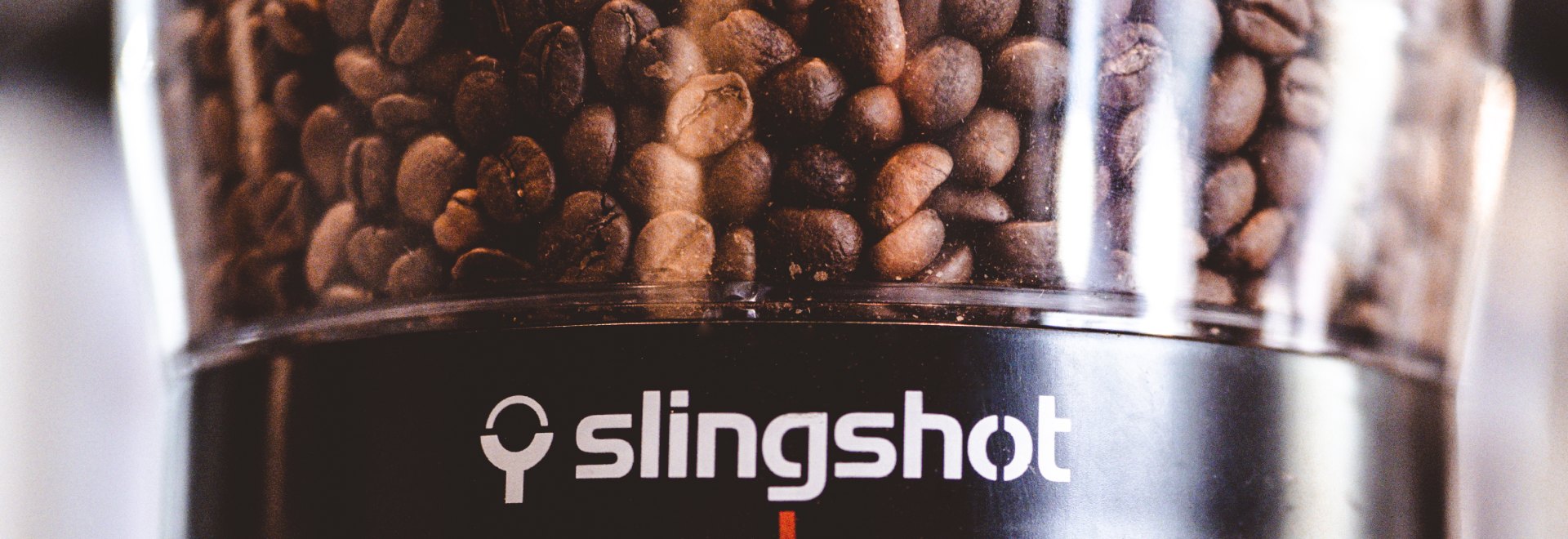How to maintain the freshness of coffee in hoppers
Leaving beans overnight in hoppers is a pet peeve for many in the specialty coffee industry. World Champion Barista Hidenori Izaki explains why maintaining their freshness is vital.
Whether in a café, hotel lobby, or coworking space, hoppers full to the brim with coffee beans are an eye-catching sight.
For many customers, they can be a considerable draw, as they clearly demonstrate the business’s intention to provide freshly ground coffee throughout the day.
Specifically designed to hold roasted coffee beans before they descend to the burrs below, they are an essential feature on most grinders and bean-to-cup espresso machines.
However, hoppers can also have a considerable impact on final cup quality.
This is because as soon as coffee beans leave the airtight bag in which they’re contained, the staling process begins. If they spend all day sitting in a hopper, they are at risk of becoming oxidised and losing their inherent characteristics.
Although this isn’t usually a problem for cafés that experience high footfall, some baristas have a tendency to leave beans in hoppers overnight.
When they come back in the morning, they may think it’s the same coffee – but, in reality, they are dealing with something quite different.
Finding the biting point of freshness
Freshness is a central pillar of the specialty coffee industry. Defined as the original, unimpaired qualities of a coffee, it is typically measured by the presence of aroma compounds and carbon dioxide (CO2) in the beans.
While some continue to argue over how long roasted coffee stays “fresh”, it is generally accepted that, within a few days after roasting, the coffee will begin to degrade in quality. This is because as CO2 escapes, oxygen takes its place, causing changes to the compounds in the coffee.
However, each coffee also needs time to release enough CO2 to ensure an even extraction when it comes into contact with water. This is commonly known as the “resting period”.
“Freshness is important for many reasons,” says 2014 World Barista Champion, Hidenori Izaki. “But the most crucial thing is to find peak freshness. If it’s too fresh, too much CO2 will disturb extraction and also affect flavour, mouthfeel, and even aftertaste. So you need to let your coffee degas.
“If, on the other hand, you degas too much, the coffee will become oxidised, resulting in sour acidity. Therefore, from a quality perspective, it is important for baristas to find the best balance between the peak of degassing and the point of oxidation.”
The degassing rate of most coffees is quickest immediately after roasting: it can lose up to 40% of its CO2 content in the first 24 hours. After that period, it tends to release CO2 at a slower rate.
Grinding the beans a short time before pulling a shot can be beneficial for coffees that need longer to degas because it accelerates the degassing rate. But allowing the beans to simply sit in the hopper for a long period can be seriously detrimental to freshness.
This is because most hoppers are exposed to oxygen (therefore allowing oxidation), while some are translucent, which exposes the beans to UV light. UV light can speed up the oxidation of the coffee’s lipids and accelerate the loss of both flavour and aroma.
Hopper upgrades & proper maintenance
Hoppers are an essential component for places that serve substantial amounts of coffee. Without them, the barista would be forced to continually top up the machine with beans ready for grinding.
However, it is important that businesses take appropriate measures to ensure that any coffee placed in a hopper is protected. If not, then the simple solution is to reduce the number of beans that are put in at any one time and to avoid leaving them there overnight.
Airtight and UV-coated hoppers are becoming increasingly widespread on superautomatic coffee machines in particular. Not only does this lower the risk of direct sunlight affecting the beans, but it also reduces the amount of oxygen – if any – that can enter once the lid is closed.
To further remove oxygen, some suggest using a purpose-built sponge that expands as the amount of coffee goes down. This prevents any oxygen from remaining in the hopper’s headspace and causing oxidation during the day.
To maximise freshness, Hidenori suggests storing any excess beans in airtight containers at low temperatures until they are ready to be placed in the hopper.
“It’s already proven in scientific research by Christopher Hendon that putting peak-aged coffee into a bag, vacuum-sealing it, and storing it in the freezer is the best way to maintain freshness,” he says. “Colder is better. This is how I store my favourite coffees.”
Finally, proper hopper maintenance can go a long way. As coffee ages, the oils deep within the beans start to come to the surface. This is especially true of darker roasted beans, which tend to be more oily.
Giving the hopper a regular wipe with a damp cloth to remove the oils is key to avoiding unpleasant, rancid flavours that they can begin to inflict over time.
All these measures are sure to improve the quality of each cup served and make your hopper worries a thing of the past.







